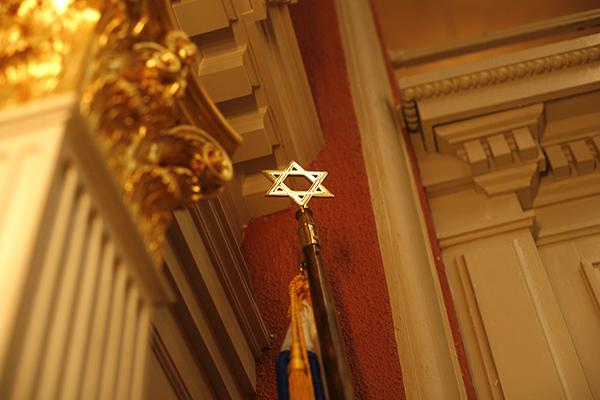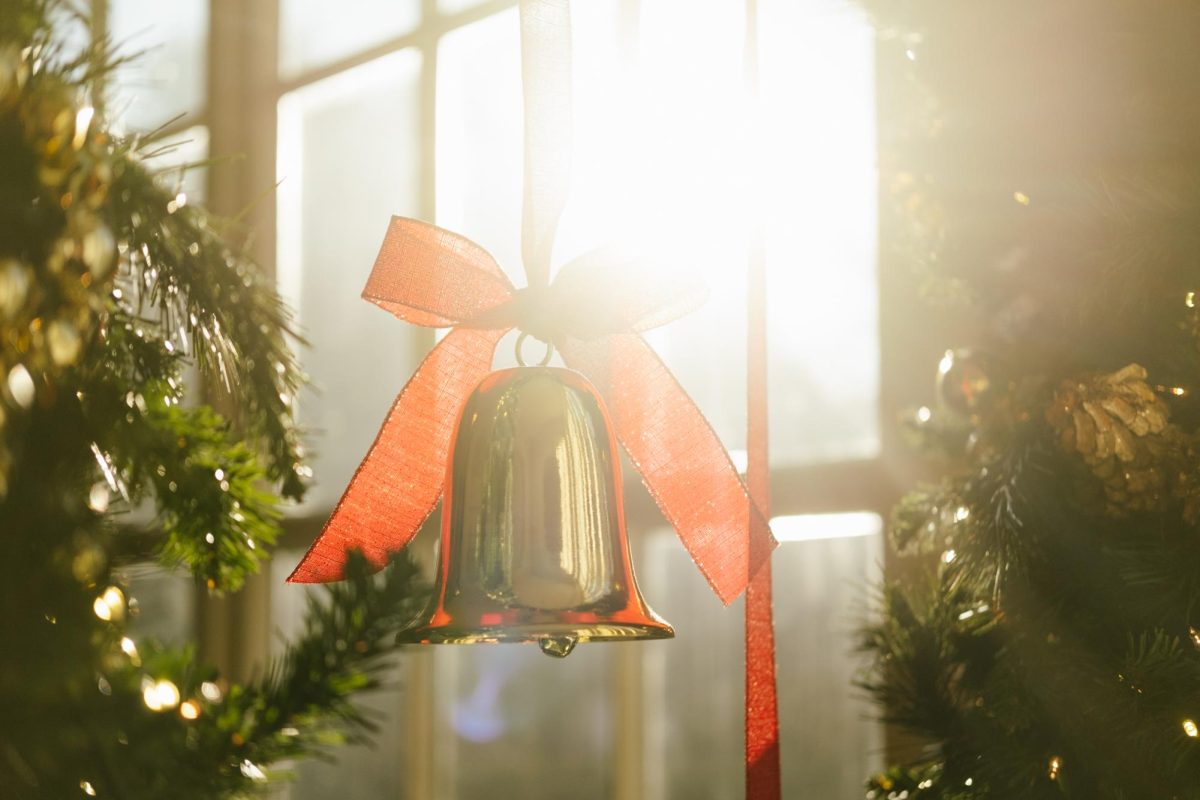The pews at the Sixth and I Historic Synagogue were filled with a few hundred young professionals last week, waiting to hear from Scott Stossel, editor of The Atlantic magazine. He wasn’t there to talk about his religion, but about his phobias – which include cheese and vomiting – and promote his new book.
While not your typical synagogue conversation, it showed how the venue, known as Sixth and I, is booming as a cultural hub for both the Jewish and D.C. communities. Over the past year, its pews were packed when NPR hosts with thick-rimmed glasses held talks and even as indie rockers Deerhunter hit the stage.
“Some people even say we have turned it into a nightclub,” the executive director Esther Foer said before the book talk last week. “But it’s a place where you come to enjoy what you want to enjoy and be who you are.”
As word has spread, Sixth and I has regularly maxed out its capacity. It commonly hosts, all at once, a well-known speaker in the Sanctuary, faith workshops in the classrooms and talks in the Social Hall.
Multi-denominational and non-membership based, the synagogue is now “bursting at the seams,” said Hannah Orenstein, a 2011 alumna and the communications manager for Sixth and I.
They host author readings and running clubs, Shabbat services and an education series called “Sixth and U.” The events run the gamut, making the synagogue a place of community, Orenstein said.
“Most of the people who come to Sixth and I feel like they’ve found this place,” she explained. “It’s not like the 9:30 Club or the Verizon Center where it’s a really well-known D.C. landmark, although we hope for it to be that one day.”
Sixth and I was first established in 1908 to house a Jewish congregation, and served that purpose until 1951 when its membership base grew out of the building. An African Methodist Episcopal church then bought the space, and was housed there until 2002.
Realtors then advertised Sixth and I as a good place for a nightclub, until three developers with different Jewish backgrounds – Shelton Zuckerman, Abe Pollin and Douglas Jemal – swooped in to save the building. Orenstein said it was the developers’ attitude of “act first, think later” that took hold at Sixth and I.
“You do not have to be Jewish to walk through our doors,” said Kaylen Poretzky, a 2010 alumna who is the synagogue’s Live Entertainment Associate. “We are trying – in the music and the arts department – to be that place to cultivate relationships with people right before they make it big.”
This progression has been made possible by the influx of young professionals and college-aged students in the D.C. area, who have helped the Sixth and I community gain popularity and expand via word of mouth. This support has, in turn, allowed the synagogue to get creative as they plan events, knowing they don’t necessarily have to stick to conservative chats.
“A lot of people come here and ask if they can curse on stage, or if they can say all of these things that are part of their show,” Poretzky said. “We had an artist in December ask us if they could do a Christmas song. And we are completely all about freedom of speech – do your show. We are not squeamish at all.”







